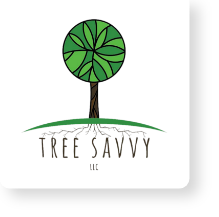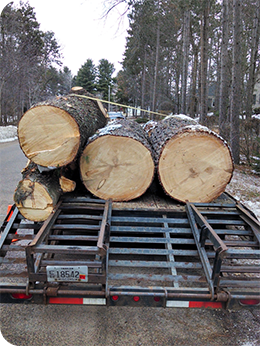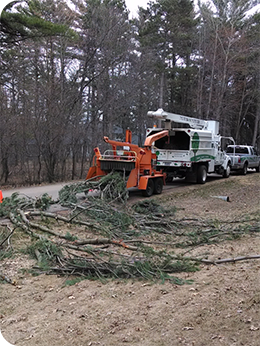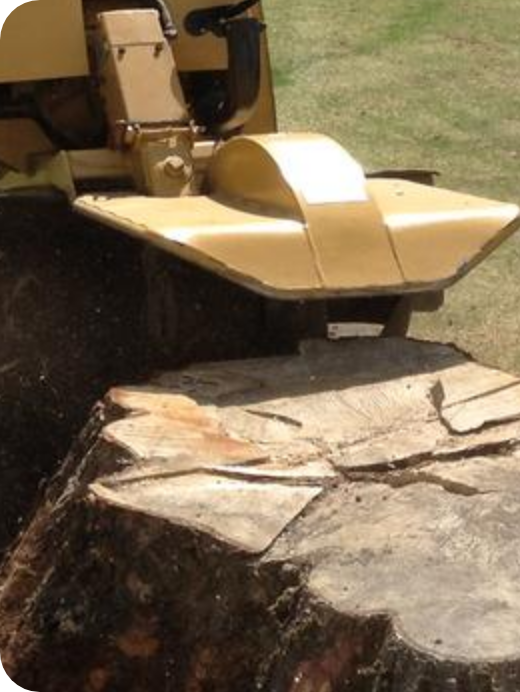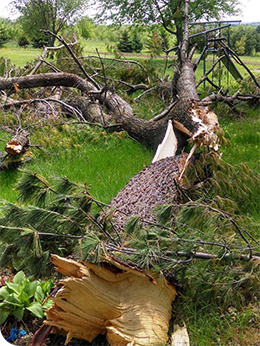Adolescent Tree Pruning
The Pruning and Care of Young Trees
“Some think pruning trees is wasteful and unnecessary because, after all, trees in the forest grow just fine without it. What might not be obvious is only one in a billion seeds in the forest grows into a mature tree. In contrast, in urban and suburban landscapes, we expect almost every tree planted to grow old. Science-based pruning helps trees reach maturity, but misdirected pruning can shorten service life.” (Gilman, E. F. (2012). An Illustrated Guide to Pruning (3rd ed., p. 2). Delmar, Cengage Learning.)
Pruning is a science-based, systematic process of removing or reducing select limbs for a desired goal or objective. Trees grow rapidly in their juvenile stage, commonly developing poor and weakened form if they are not maintained. Within the first couple of years after establishment, it is recommended that property owners contact an arborist to develop a preventative management plan which would include a printing cycle to develop a proper form. Structural pruning, especially during the juvenile stage of the tree;s life, can correct defects with directing growth to develop a strong structure.
In their natural, forested setting, trees compete against one another for sunlight and resources. The trees grow rapidly upward toward the light while producing wide-angled lateral limbs to shade out the understory. As the density of the canopy increases, the trees naturally shed their lower limbs. Forest-grown trees regularly develop a single stem with well-spaced, wide-angled branches that can better withstand the forces of nature. Next time you’re out for a walk in the woods, take a look at the mature trees and notice how high the lowest limbs are in the canopy!
In the landscape, we lose this natural competition – trees are let loose to grow in any direction. As a result, they regularly develop multiple upright stems with tight unions that are prone to failure. In addition, trees in the open, urban setting tend to retain their low limbs which impede on the clearance of sidewalks, roadways, and the overall landscape. Removal of these low limbs at maturity, or limbs whose diameter exceeds 4”, can introduce pathogens and other sources of decay into the stem of the tree, in turn increasing the risk of failure. Such faults can be mitigated through preventative maintenance performed during the juvenile stages.
A routine preventative pruning plan focusing on the structure of the tree can prolong the life of a tree, enabling it to thrive. Structural pruning is a systematic process in the select removal of low lateral branches, while subordinating (reducing) competing stems to mimic the form of a forest-grown tree. During the juvenile stages of a tree’s life, no more than 50% of live tissue should be removed – depending on the tree’s health, vigor, and species. At Tree Savvy, we commonly equate structural pruning to vehicle maintenance – you don’t wait for your engine to seize before getting an oil change!
Contact the arborists at Tree Savvy to develop a pruning plan and allow your trees to thrive, not just survive!
